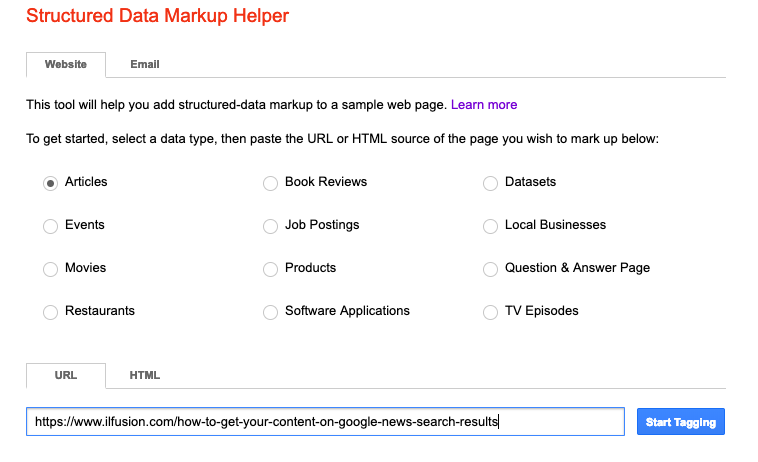How to Use Structured Data to Boost SEO
 March 20, 2019 | By Ilfusion Team
March 20, 2019 | By Ilfusion Team
Search engine results have come a long way in recent years. When you input a search query, instead of providing you with a tedious list of plain blue links like before, it now gives you an impressive and informative search result that would help satisfy your request at a glance—for example, preparation times for recipes, review ratings for movies, or the birth date of an actor.
These are called search features, or rich results/snippets, which are enabled when you use structured data.
What is structured data?
Structured data is a standardized search result format for providing information about a web page. It basically shows you snippets (thus the term rich snippets) of relevant data extracted by search bots of marked up content from your website.
It must be taken into consideration that no matter how smart Google search results have become, it still needs a little help in understanding what your web content really means, and this is how structured data fits into the picture.
The value of structured data goes beyond helping search bots interpret your content; it’s also valuable in boosting SEO for the following reasons:
- Firstly, when search engines understand the semantics of your content, it will rank higher on search results
- Secondly, visitors tend to click more on rich results, consequently boosting click through rates (CTR) and driving organic traffic
Structured data also enables content-related actions, such as adding flight and event reservations directly to your calendar. This makes for a more convenient and easier user experience for your customers.
How to implement structured data to your site?
In a nutshell, implementing structured data requires you to mark up content, create an HTML code, and add the code to the head section of your page.
Structured data can be written in a number of different coding languages. Currently, the most popular combination is using schema.org for marking up microdata, and JSON-LD for linking this data.
For beginners, Google has a Structured Data Markup Helper, which helps you to easily mark up content and generate the structured data HTML code. Content management systems (CMS) like WordPress and Joomla also have plugins available for managing structured data.
Here, we’ll provide you with tips on how to implement structured data to your website using Google’s Structured Data Markup Helper:
1. Select your schemas
There are many different kinds of schemas depending on your data type. The common website data types include the following:
- Articles
- Events
- Movies
- Restaurants
- Book reviews
- Job postings
- Products
- Software apps
- Datasets
- Local businesses
- Q&A page
- TV episodes
Google’s Structured Data Markup Helper also supports schema markups on email templates. The following email data types include the following:
- Event reservations
- Flight reservations
- Restaurant reservations
- Hotel reservations
- Car rental reservations
2. Enter the page URL for tagging
Paste the URL of the page you wish to mark up for structured data and select Start Tagging. For email templates, you’ll need to paste the source HTML. In the example below, we used a web page URL.

3. Highlight text or images for tagging
Start tagging or marking up your data by highlighting text or images, and then assign the appropriate schema tags to them. You can also manually enter tags for areas on the page that can’t be highlighted.
4. Create HTML
Once done, select the Create HTML button on the upper right corner. The default output markup for your structured data is JSON-LD, the format recommended by Google, although you can also choose Microdata as your format.

5. Add the script to your page
Simply copy-paste the code to the head section of your HTML, and then you’re almost done.
6. Test your markup
It’s highly recommended to test your markup to see if everything is in order; otherwise, Google will penalize pages for marking up incorrect, misleading, or hidden data. To learn more about structured data best practices and recommendations, refer to Google’s Introduction to Structured Data.
To test your markup, go to the Structured Data Testing Tool and enter the URL of your page. The tool then displays all the marked up data, as well as information about any errors and warnings detected. If there are any errors, the same tool can be used to diagnose the issue.
In conclusion
It must be noted that there is no guarantee that once you’ve implemented structured data, your SEO rankings will dramatically improve overnight. As with normal indexing and crawling, the process takes time. It also stands to reason that structured data goes hand in hand with the quality of your content, as well as content optimization basics to help boost your SEO.
If you want to know more, or if you need help with any of your SEO and digital marketing efforts, give us a call at 888-420-5115, or send us an email to cr******@******on.com.

